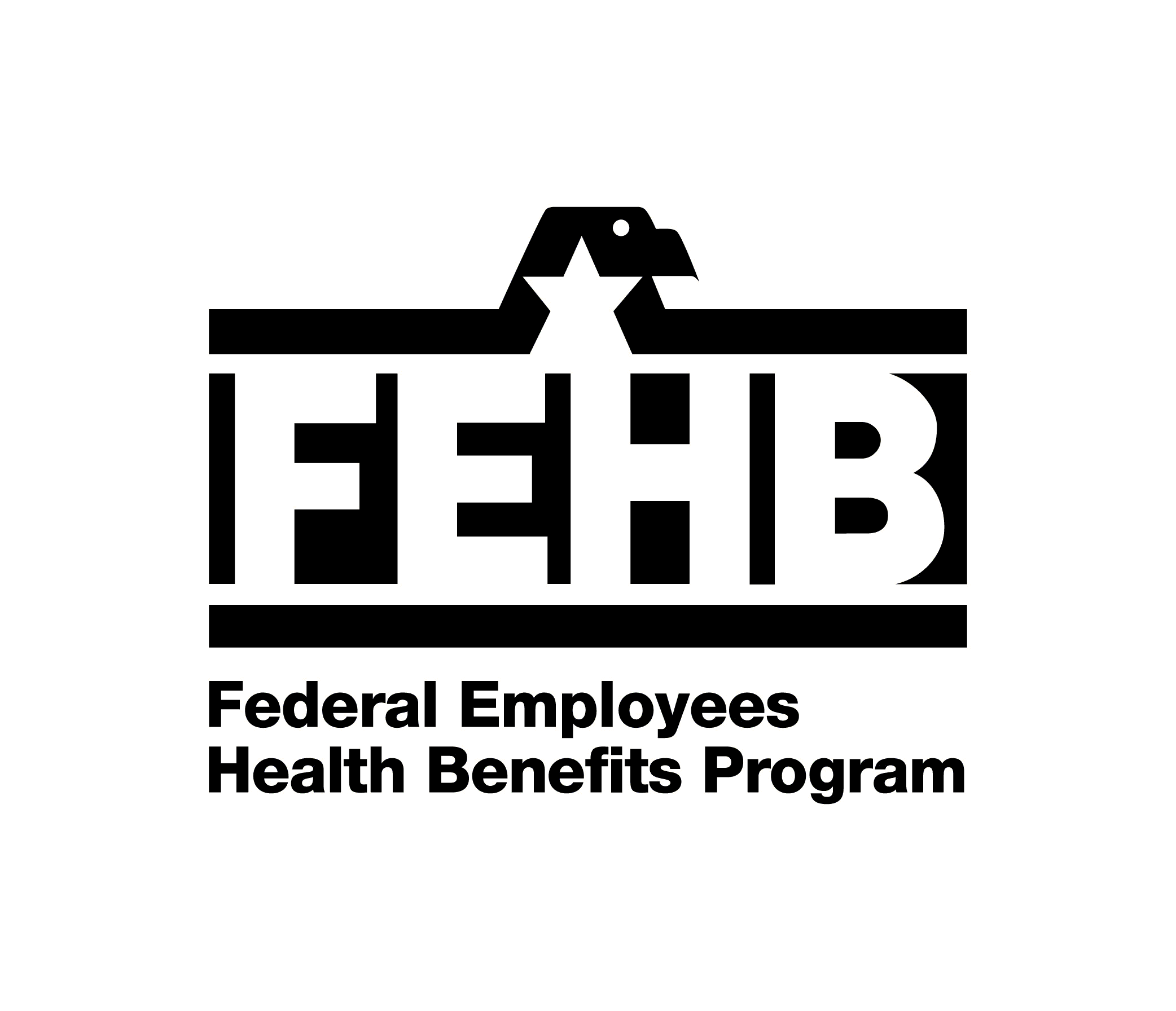This Plan is a health maintenance organization (HMO) plan. This Plan is a prepaid comprehensive medical plan. We require you to see specific physicians, hospitals, and other providers that contract with us. You are encouraged to select a personal doctor within the Plan’s network. The Plan is solely responsible for the selection of these providers in your area. Contact the Plan for a copy of their most recent CDPHP UBI provider directory. OPM requires that FEHB plans be accredited to validate that plan operations and/or care management meet nationally recognized standards. CDPHP UBI holds the following accreditations:
- CDPHP UBI, Inc. Commercial PPO - NCQA rating of Excellent
- CDPHP UBI, Inc. Commercial HMO - NCQA rating of Excellent
To learn more about this plan's accreditations, please visit the following websites:
National Committee for Quality Assurance (www.ncqa.org)
We offer one plan from which to select. You may enroll in our prepaid comprehensive medical plan, the Standard Option.
General Features of our Standard Option
We have Open Access benefits
The Standard Option offer Open Access benefits. This means you can receive covered services from a participating provider without a required referral from your primary care physician or by another participating provider in the network.
Preventive care services
Preventive care services are generally covered with no cost-sharing and are not subject to copayments or annual limits when received from a network provider.
How we pay providers
When you receive services from Plan providers, you will not have to submit claim forms or pay bills. You pay only the cost sharing (copayments, coinsurance, deductible, and non-covered services and supplies) described in this brochure. When you receive emergency services from non-Plan providers, you may have to submit claim forms. With the exception of emergency services, all services by non-participating practitioners and providers must be authorized in advance by CDPHP UBI. When you choose a non-participating provider, and the care has not been preauthorized by CDPHP UBI, you will pay all charges.
You should join a prepaid plan because you prefer the plan’s benefits, not because a particular provider is available. You cannot change plans because a provider leaves our Plan. We cannot guarantee that any one physician, hospital, or other provider will be available and/or remain under contract with us.
Your rights and responsibilities
OPM requires that all FEHB plans provide certain information to their FEHB members. You may get information about us, our networks, and our providers. OPM’s FEHB website (www.opm.gov/insure) lists the specific types of information that we must make available to you. Some of the required information is listed below.
- CDPHP UBI is an affiliate of Capital District Physicians’ Health Plan, Inc. (CDPHP®), a health plan that has been in existence for 34 years.
- CDPHP UBI is a not-for-profit health services corporation.
You are also entitled to a wide range of consumer protections and have specific responsibilities as a member of this Plan. You can view the complete list of these rights and responsibilities by visiting our website, CDPHP UBI at www.cdphp.com. You can also contact us to request that we mail a copy to you.
If you want more information about us, call 518-641-3140 or 877-269-2134, or write to CDPHP UBI, 500 Patroon Creek Blvd., Albany, NY 12206. You may also visit our website at www.cdphp.com.
By law, you have the right to access your protected health information (PHI). For more information regarding access to PHI, visit our website at www.cdphp.com to obtain our Notice of Privacy Practice. You can also contact us to request that we mail you a copy of that Notice.
Your medical and claims records are confidential
We will keep your medical and claims records confidential. Please note that we may disclose your medical and claims information (including your prescription drug utilization) to any of your treating physicians or dispensing pharmacies.
Service Area
To enroll in this Plan, you must live in or work in our Service Area. This is where our providers practice. Our service area is: Albany, Broome, Chenango, Clinton, Columbia, Delaware, Dutchess, Essex, Franklin, Fulton, Greene, Hamilton, Herkimer, Madison, Montgomery, Oneida, Orange, Otsego, Rensselaer, Saratoga, Schenectady, Schoharie, Tioga, Ulster, Warren, and Washington counties.
Ordinarily, you must get your care from providers who contract with us. If you receive care outside our service area, we will pay only for emergency care benefits. We will not pay for any other health care services out of our service area unless the services have prior plan approval.
If you or a covered family member moves outside of our service area, you can enroll in another plan. If your dependents live out of the area (for example, if your child goes to college in another state), you should consider enrolling in a fee-for-service plan or a HMO that has agreements with affiliates in other areas. If you or a family member moves, you do not have to wait until Open Season to change plans. Contact your employing or retirement office.

